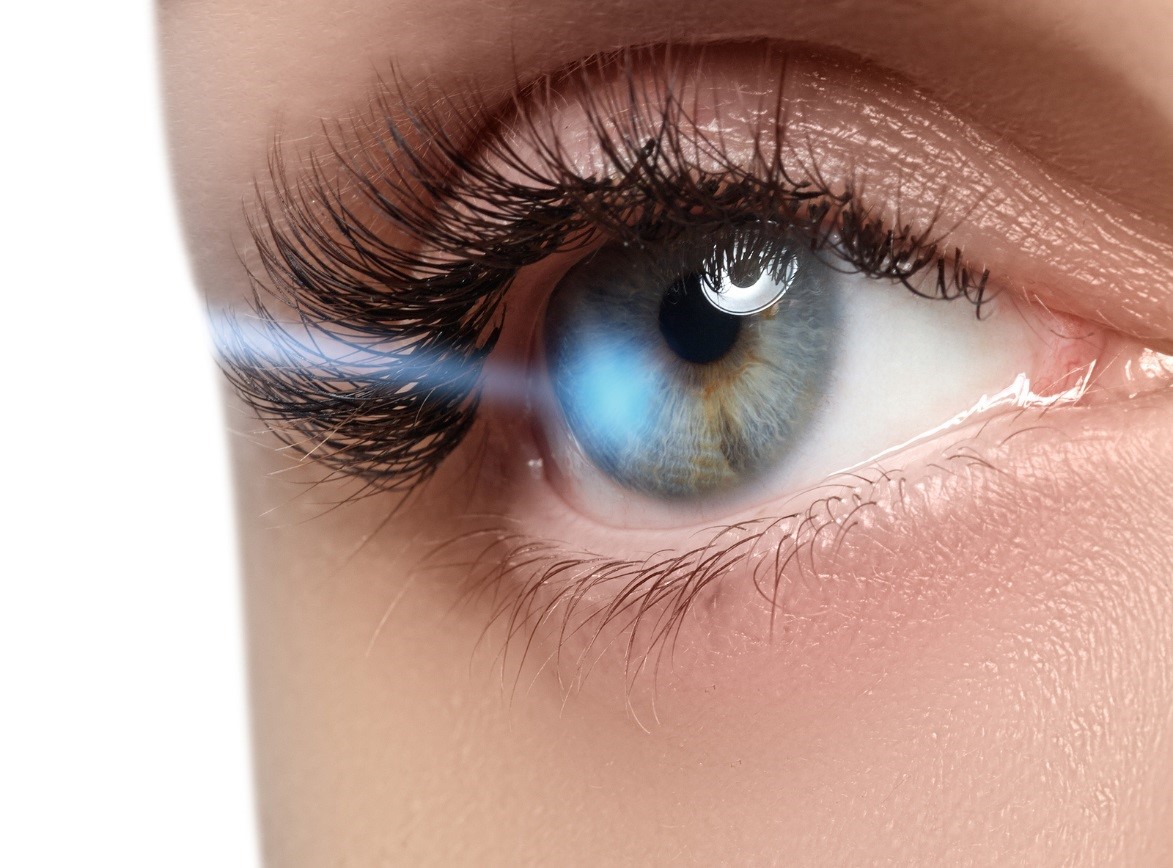
Most people today see a pair of glasses as rather common. However, people of ancient times regarded it a life-changing invention. According to history books, it was in the early 13th century Italy where the first appearance of a pair of eyeglasses was first documented. Still, historians believe that vision correction was an evolution rather than a specific invention. In fact, they believe that the idea originated from rock-crystal stone magnifier used in ancient times to enhance images.
Many more years passed. The magnifier was not enough for the scholars. They wanted two identical glass discs connected together instead of just the one. Eventually, the early eyeglasses were created.
After the invention of eyeglasses, the science of vision experienced greater evolution. The first contact lenses were developed in 1887. The first contact lenses were made of glass and covered the entire eye area which made them very uncomfortable. It took more than seven decades (1961) before a Czech chemist, Professor Otto Wichterle, was able to successfully produce the first soft contact lenses that were comfortable to wear.

Radial Keratotomy
Even before the wide use of LASIK eye surgery in Los Angeles and other clinics across the country, there were many surgical methods that were used to correct vision problems, particularly myopia or nearsightedness. The first of the lot is Radial Keratotomy (RK) which was first introduced in the US in the year 1978. Unfortunately, this surgical method was found to be dangerous, so it is no longer used by modern medicine.
What Happened Next
In 1990, another procedure called Mini Asymmetric Radial Keratotomy, which aimed to correct astigmatism and keratoconus, was introduced. This was followed by Automated Lamellar Keratoplasty. It is another surgical treatment to help patients with severe nearsightedness or mild cases of farsightedness. Since all these methods still required some type of cutting or slitting of the cornea, many from the scientific community considered them risky and dangerous.
Fortunately, the use of a laser to correct one’s vision was finally introduced in the US during the 1990s through a procedure known as Photorefractive Keratectomy (PRK), which was developed to help correct nearsightedness and farsightedness through an excimer laser. A more advanced method of PRK was subsequently introduced. It was known as Laser Assisted Sub-Epithelium Keratomileusis (LASEK), the precursor to LASIK surgery. The latter, laser assisted in-situ keratomileusis, is a procedure with high precision and faster recovery time.
Vision correction is an endeavor that is continuously evolving, not only to make sure that the patient receives the gift of perfect vision, but to ensure the patient’s safety and utmost comfort as well.



